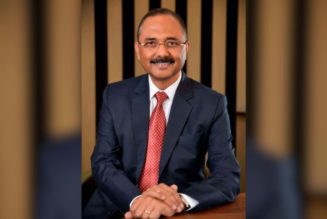
Loans issued by savings and credit cooperative societies (saccos) continued to outpace members’ deposits in the year to December 2023, new sector data shows.
The data from the Sacco Societies Regulatory Authority (Sasra) indicates that gross outstanding loans exceeded deposits by Sh76.4 billion in 2023, up from a gap of Sh60 billion in 2022.
The saccos held deposits of Sh682.2 billion by the end of last year, while lending stood at Sh758.6 billion. In 2022, the deposits stood at Sh620.5 billion, and loans at Sh680.4 billion.
The negative wealth gap in saccos is in contrast with banks, whose total loan book of Sh4.04 trillion as at June 2024 trailed their deposits of Sh5.59 trillion by Sh1.55 trillion.
A substantial share of bank deposits is also insured, unlike sacco deposits which remain uninsured. A bank customer is guaranteed compensation of up to Sh500,000 if the institution fails.
The saccos faced higher demand for loans last year due to a mix of economic shocks, including a weakening shilling which contributed to high inflation, pushing members to dip into their savings and borrow more from the institutions to make ends meet.
The government also raised taxes in the 2023 budget, even as real wages in the country fell for a fourth consecutive year (by 4.1 percent) as inflation wiped out the marginal 2.8 percent pay increase awarded to workers in the period fourth consecutive year (by 4.1 percent) as inflation wiped out the marginal 2.8 percent pay increase awarded to workers in the period.
The resulting higher household expenditure on basic goods, food and energy amid lower disposable income therefore ended up cutting the capacity of Kenyans to grow their savings and deposits in saccos.
“The foregoing shows that the rate of demand for loans and other credit advances within the regulated sacco industry continues to remain higher than the rate at which the regulated saccos are mobilising deposits to fund the said loans,” said Sasra in its annual supervision report for 2023.
The saccos also reported an increase in dormant members by 226,893 accounts to 1.45 million in 2023, pointing to the job losses that forced members to stop contributing, and withdraw their savings. Accounts that have remained idle for six months in deposit-taking saccos, and one year in non-deposit-taking saccos, are termed dormant.
This wealth gap, seen through loans surpassing deposits, also represents a risk for the saccos, given that they have to make up for the funding deficit through borrowing, including foreign currency-denominated loans that are exposed to exchange rate fluctuation risk.
For deposit-taking saccos, the ratio of gross loans to total deposits increased from 112.16 percent in 2022 to 113.4 percent in 2023, implying that over 13 percent of their loans are funded by other sources after the deposits were fully lent out.
“In this regard, regulated saccos are entreated to avoid externally borrowed funds as a means of funding their loans and credit advances, unless the risks associated with foreign-currency-denominated borrowing are fully addressed, but instead put more emphasis on internally mobilised funds in the form of members’ savings and deposits,” added Sasra.
While saccos have been lending in excess of deposits for years, the gap between the loans and deposits has accelerated over the last two years.
The institutions lend to members in multiples of three to five times of savings, raising the prospect of a mismatch between deposits and loans.
Small businesses and individuals also leaned more on their sacco deposits and loans for funding needs due to difficulties in accessing bank loans as commercial lenders tightened credit standards in response to rising volumes of non-performing loans.
The interest rates on bank loans also went up significantly from last year as the lenders adjusted their charges in line with the Central Bank of Kenya (CBK) raising its base rate to counter the high inflation and support the shilling.
The risks associated with public debt (ahead of the refinancing of the 2014 Eurobond in February 2024) also saw rates on government securities go up to multi-year highs, with private sector loans following suit since the government’s borrowing rate is seen as the risk-free floor for loans in the country.
Saccos charged relatively cheaper rates on loans compared to banks, while their cost of funds is higher. They charge between 12 and 16 percent annual interest in most of their ordinary loan products, while banks are charging upwards of 20 percent (base rates plus risk premiums).
On the funding side, saccos paid interest on members’ deposits at an average of 7.45 percent in 2023, while the average rate of dividend paid in the period was 10.92 percent. Commercial banks meanwhile paid an average of 3.84 percent on customer call deposits in 2023.
Call deposit accounts allow a customer to earn interest while being able to access the funds when required.
Despite the higher interest payments on deposits, saccos recorded relatively slow growth in the volume of withdrawable deposits (known as Fosa deposits).
These deposits grew by 6.6 percent in 2023 to Sh89.3 billion, which was not enough to reverse the decline of 27 percent seen in 2022 to Sh83.8 billion from Sh114.6 billion in 2021.


